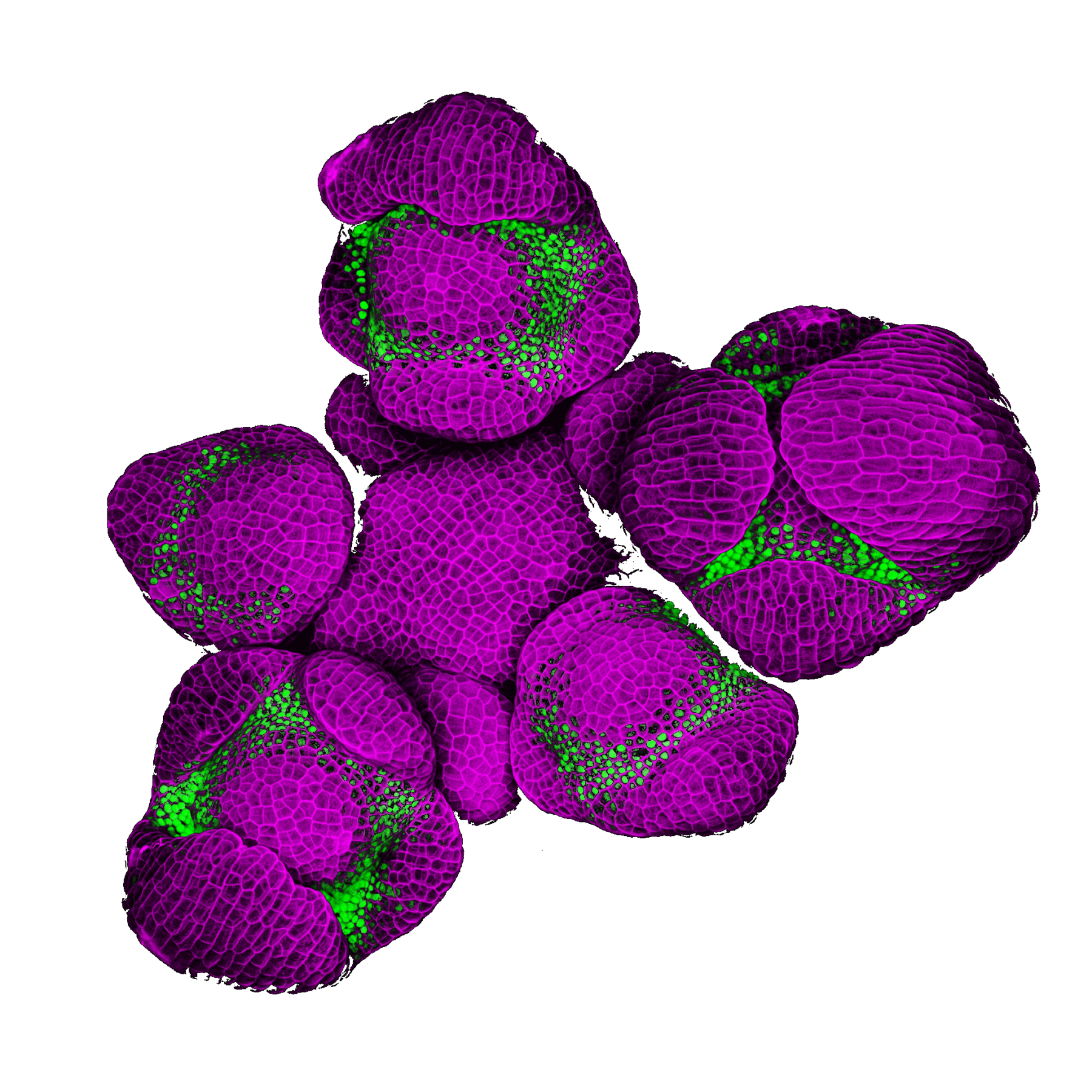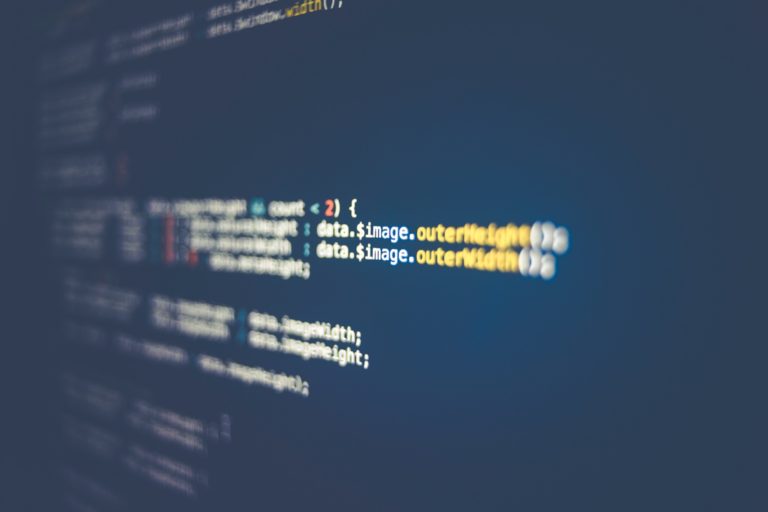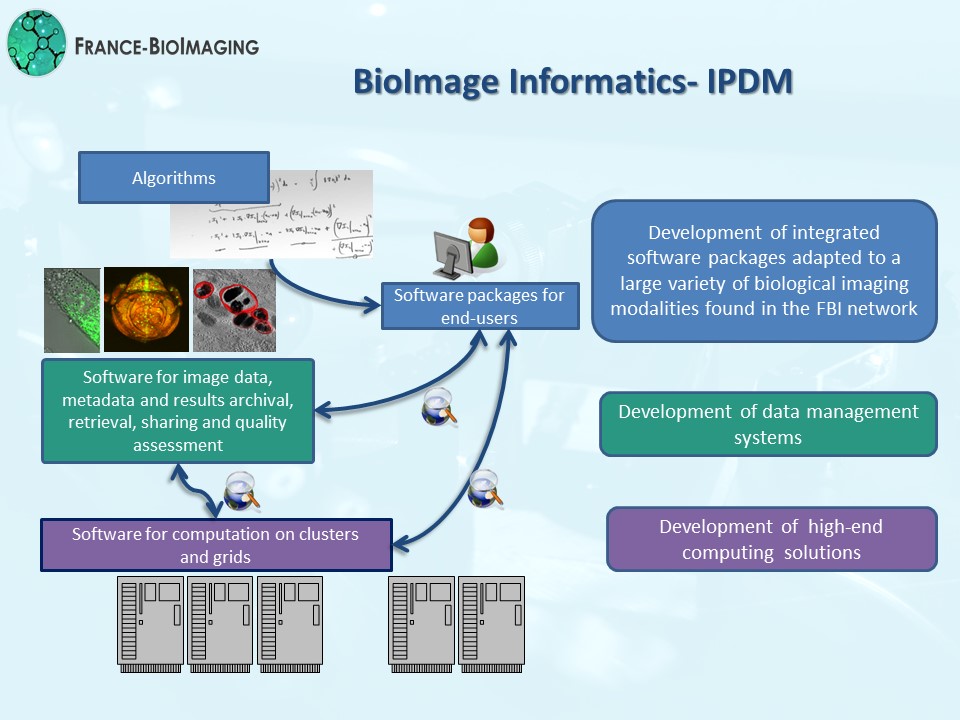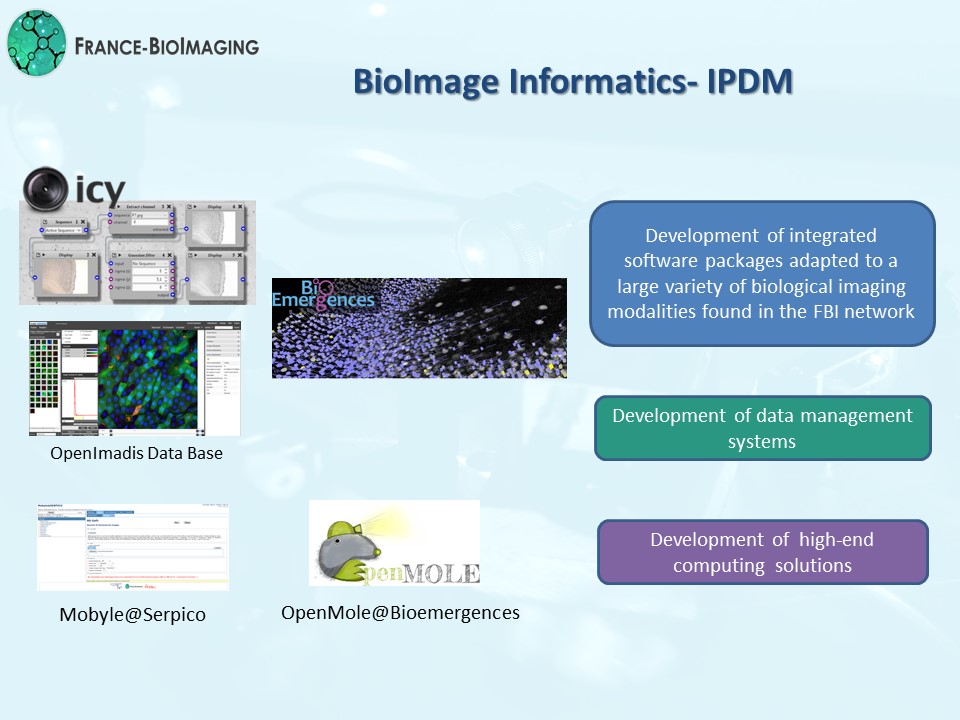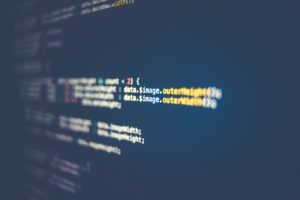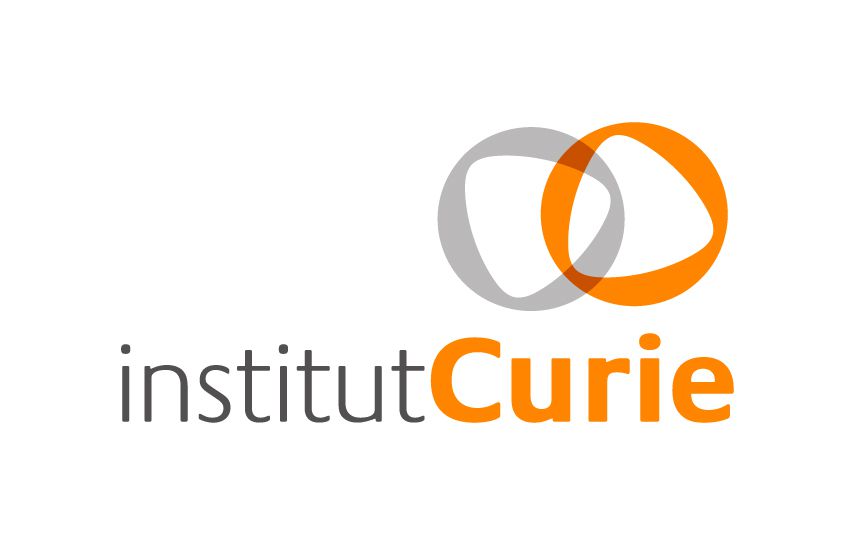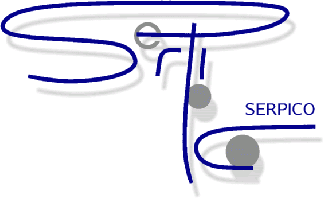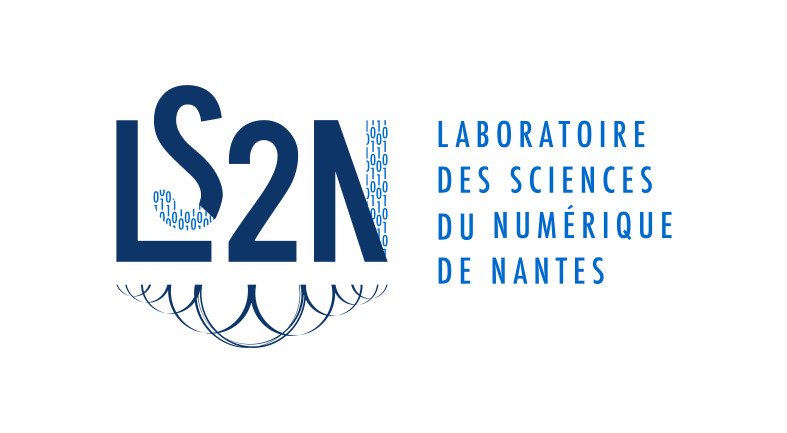The Image Analysis Hub is an open access, equal access core facility committed to offering support in image analysis. Our webpage is: https://research.pasteur.fr/en/team/image-analysis-hub/
What we do.
As part of the C2RT, we strive to ensure the continuity between image acquisition and image analysis. To this end we rely on our expertise in imaging and collaborate with other facilities such as the UTechS-PBI and UTechS-UBI when pertinent. All requests involving images are considered.
Our services follow four axes:
1. Offer walk-in support and trainings for questions involving image analysis.
This activity aims at offering to users quick answers to scientific questions involving well-established pipelines, for which a commercial or published tool exists and can be used conveniently. Users can address their question to the facility during open-desk sessions or directly via one-to-one requests. Depending on the effort involved, the solution is derived and proposed onsite, or individual trainings are scheduled. For general topics, the Hub organises regular courses and workshops, possibly involving external teachers or providers.
For instance, see below for the announcement of our open-desk, organised regularly every two week.
2. Build and deploy custom analysis tools for projects requiring special developments.
Research endeavours to address original questions, for which analysis tools might be lacking or incomplete. The Image Analysis Hub aims at creating or implementing novel tools based on existing algorithms to address these questions, using skills in image analysis and software development. More than just developing the analysis tool, this activity often involves deriving a suitable analysis methodology, for which the facility expertise in microscopy and biophysics is key. Engineers work in close collaboration with users within the framework of a scientific project over medium or long durations. For projects whose effort would extend beyond typical facility usage or involve original research work, the project may be directed to the BioImage Analysis unit after a discussion with all parts.
3. Maintain an infrastructure for autonomous image analysis. Deal with complex tool deployments.
Data volume and modern analysis techniques may call for a computing power not always present in Pasteur labs. Providing open-access workstations unlock barriers to compute-intensive tools. They also act as the central sharing points for commercial softwares, making them available to the whole campus. Finally, some specialized tools require special deployment efforts, e.g. to make such a tool able to exploit the HPC infrastructure of the Institut Pasteur.
4. Develop original and innovative software tools for image analysis, whose scope exceed user projects.
Software development and image analysis skills of the facility can be leveraged to build ambitious software tools shipping innovative technologies. These tools exceed the scope of single projects and address the unarticulated needs of the Pasteur community and their creation is part of the development activity of the facility.
